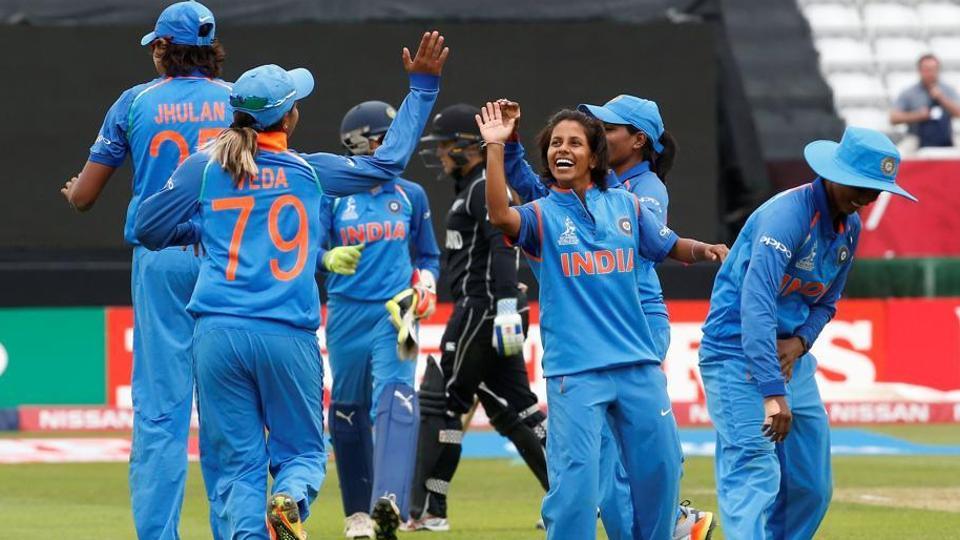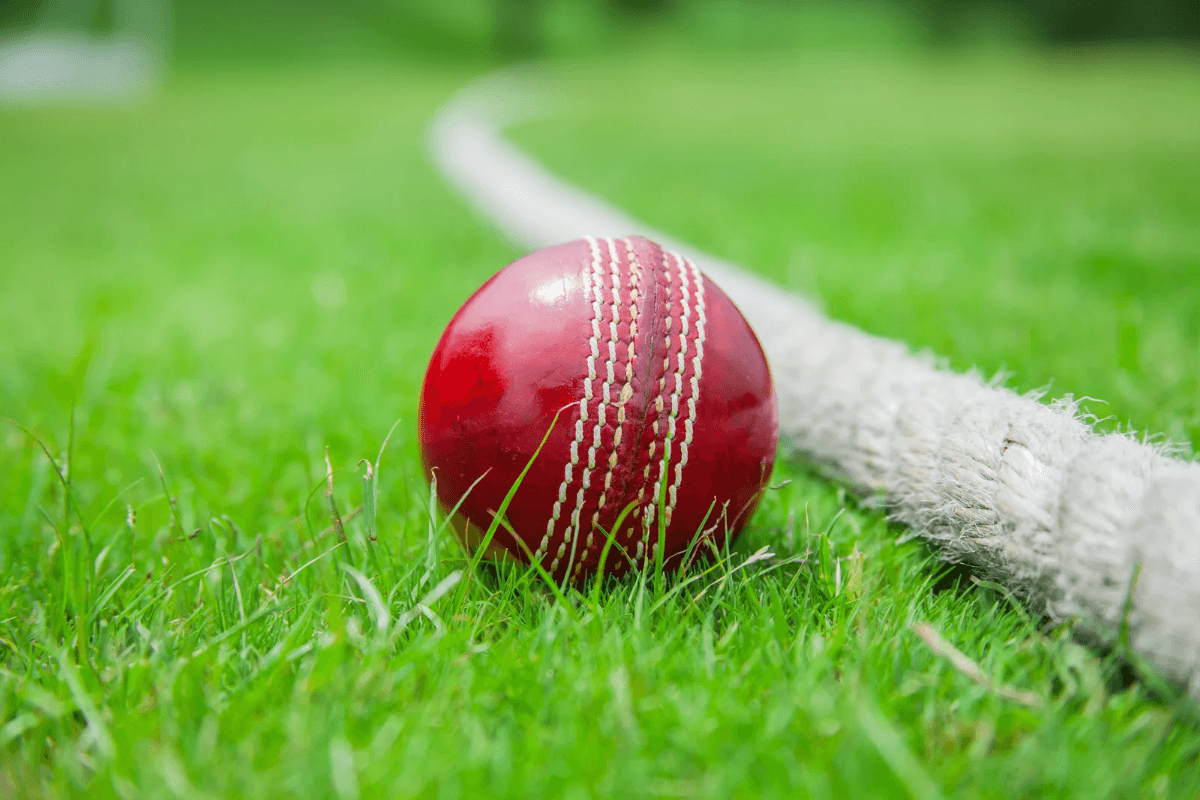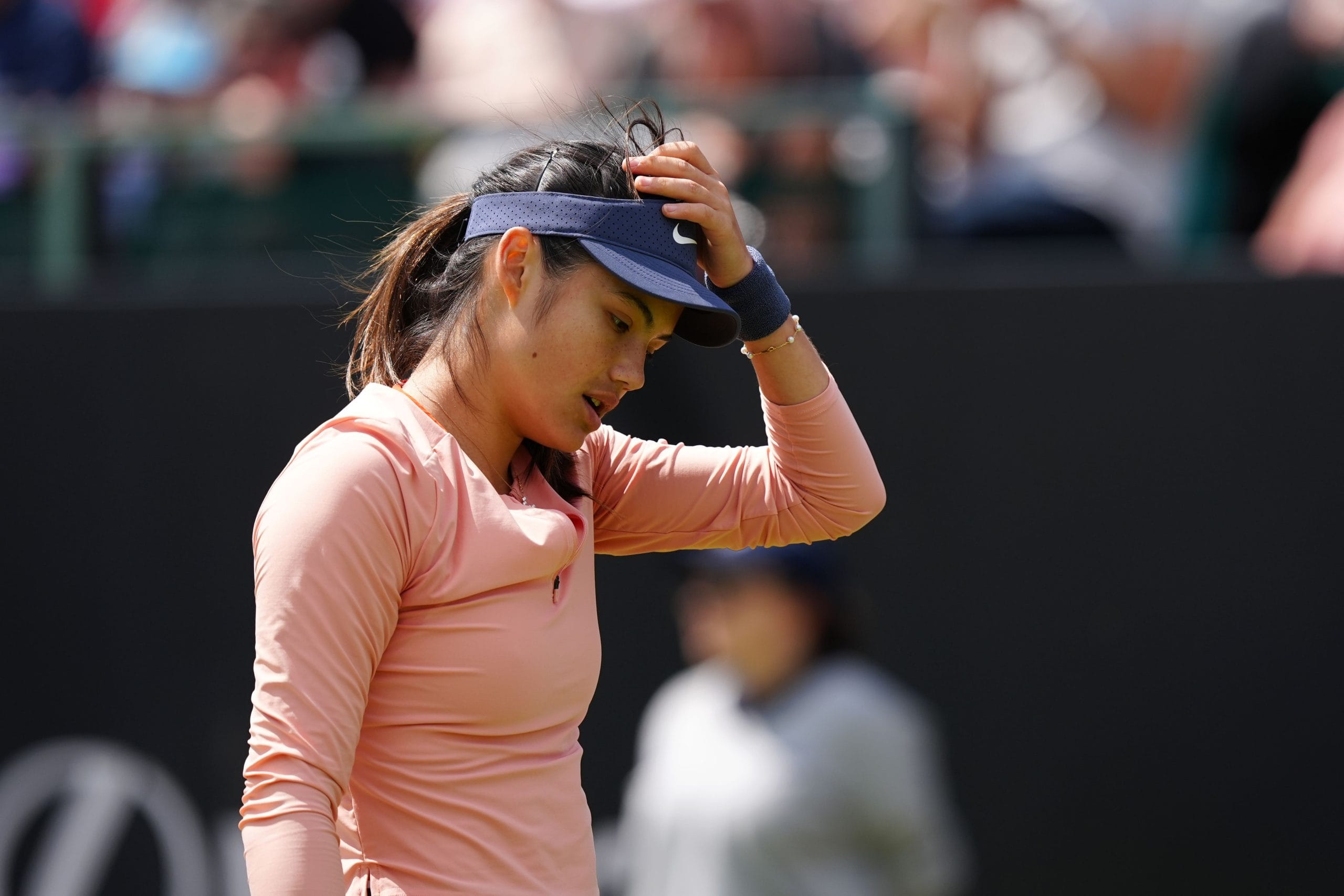10 seconds left on the clock, there is a palpable tension on the court. The ball is being passed around from player to player in the hopes that one person will be able to score and at last she does, with seconds to spare. The crowd was supposed to go wild, but hardly anyone was watching.
What is the reason that a country obsessed with sports, whether it be cricket or tennis, only has time to watch men play on its fields and not the women?
I have often see the coach prioritise the boys’ team over ours. Sometimes, it’s blatant when they get more playing time than us, but more often than not it’s subtle in his belief of our capacities.The boys will run for 10 minutes, while the girls will run for 7 minutes. It perpetuates this idea that we are inferior in some way and running 3 minutes more is beyond us.
But this is a systematic problem. During matches, the referees manipulate the clock so that the girls’ matches end faster than the boys’ matches, either in the belief that we have no stamina, or watching our game is simply uninteresting. It’s an open secret, and something that coaches of respective teams do not actively prohibit because they too seem to prefer their men’s team over their women’s team.
A knack for sports is seen as a masculine trait and women who participate in sports must be ‘butch’ or ‘tomboys’.
Perhaps this starts young when children are far more impressionable. Girls are told that sports are simply optional, while their male friends and brothers are encouraged to pick up a sport in order to be well-rounded individuals. Girls are asked to find some other hobby that is ‘more suited’ to their capabilities.
A knack for sports is seen as an inherently masculine trait and women who participate in sports must be ‘butch’ or ‘tomboys’. This kind of mentality is inculcated in girls in school, and hence in order to fit into society’s norms, girls stay away from anything that could particularly indicate otherwise and are often forced into taking up stereotypically appropriate hobbies such as dance classes or music lessons.
It is important to note that access to sports is an elitist concept, as there are individuals who can barely fund food for their families let alone think about sending them to sports coaching. This begs the question, should the state provide better sports facilities in government schools and colleges in order to inculcate sports as a gender-neutral activity and actively promote the participation of women in sports?
A few state-funded schools already exist that have greater participation from girls in a variety of sports, from basketball to hockey, who train every single day. They are often phenomenally better than individuals who have all the facilities to become number one players.
Also Read: How Does Mainstream Media Represent Sportswomen?
So where does the disjunct occur? There are young girls who play sports extremely well, and then there are professional sportswomen who have remarkable accolades to their name yet are barely recognised, and have made sports a professional career against all odds.
I believe there are two distinct reasons behind this. The first has to do directly with the Indian patriarchal society’s expectation of the roles women are required to play. Once girls are in college, they are not encouraged to pursue sports, neither as a hobby nor as a professional career. If sports is a girls passion, she is asked to subdue it in favour of her education, in order to have a better marriage, better social standing.
The same level of encouragement boys get to maintain their love for a sport is not given to a girl, especially during the time when it needs to be nurtured. This tends to be an extremely detrimental attitude that causes girls who have played sports or wish to play sports, to drop it in favour of something that is more socially acceptable.
An offshoot of this attitude forms the basis of the second reason behind such a phenomenon, which is lack of government funding for sports. Less than 6% of India’s GDP goes towards public education, and even lesser than that goes to the funding of sports equipment necessary to actively participate in sports.
our society needs to take cognisance of the fact that playing sports is not ancillary to a person’s personality.
This creates a vicious cycle, where girls are unable to take their sports to higher competitive levels due to a lack of funds. Due to the lack of girls going into sports, the government does not make it a priority.
‘Beti Bachao, Beti Padhao’ is a powerful statement yet it doesn’t tell you what kind of education to give your girl child. An education that is holistic and will help them pursue their goals, whether it be in sports or academia or one that simply serves its purpose for face value.
Going forward, our society needs to take cognisance of the fact that playing sports is not ancillary to a person’s personality. If it is not treated as optional for boys and men, then it shouldn’t be for girls and women.
Beyond just inculcating a sense of strength and responsibility in a woman it gives her agency over her own body, and ultimately over her life. If we can instil this sense of capability in girls from a young age onward then perhaps we would have more than 5 Olympic medal winners from India who are women.
Also Read: Watch These Bollywood Movies About Women In Sports This Weekend!
Featured Image Credit: The Hindustan Times
About the author(s)
I like reading and running away from Facebook arguments that make no sense.




